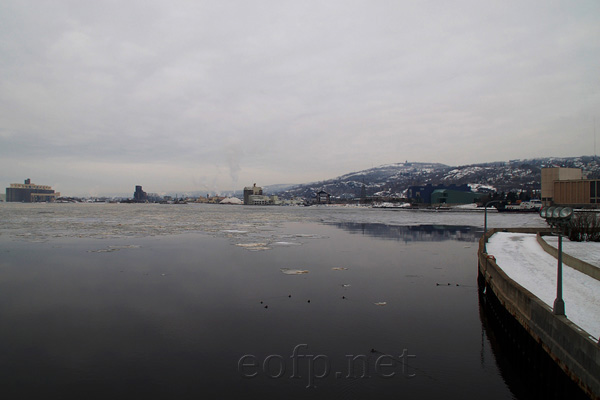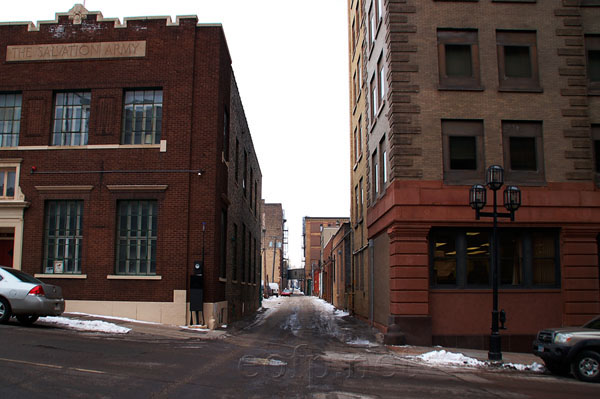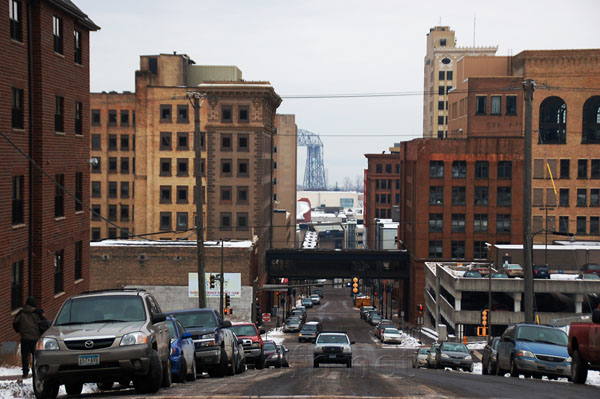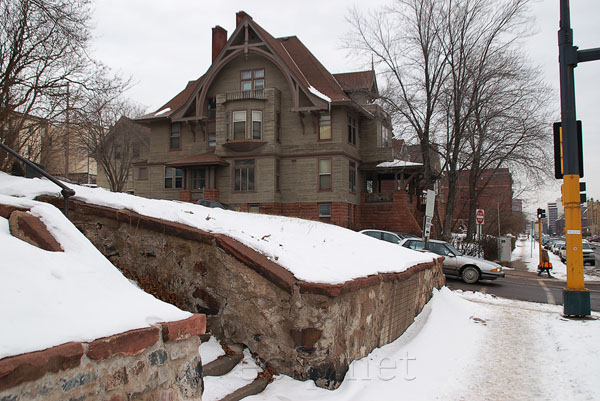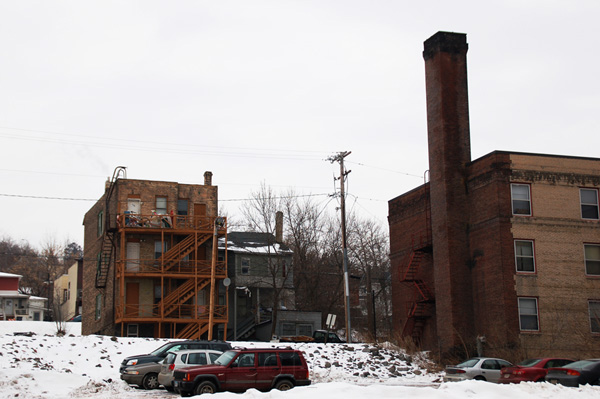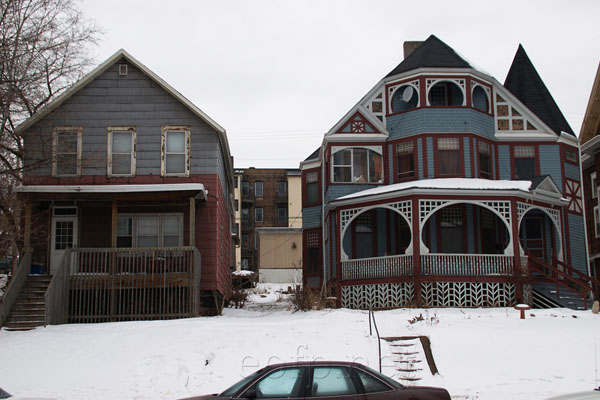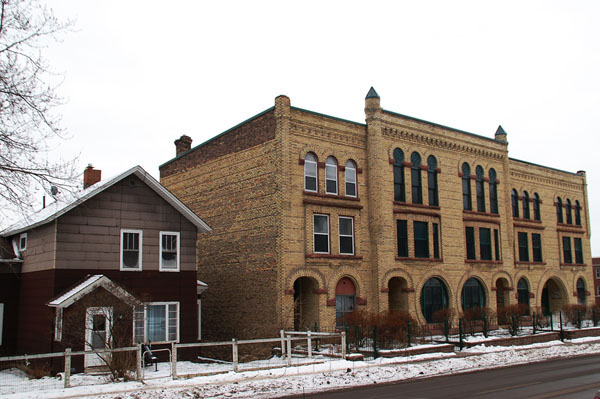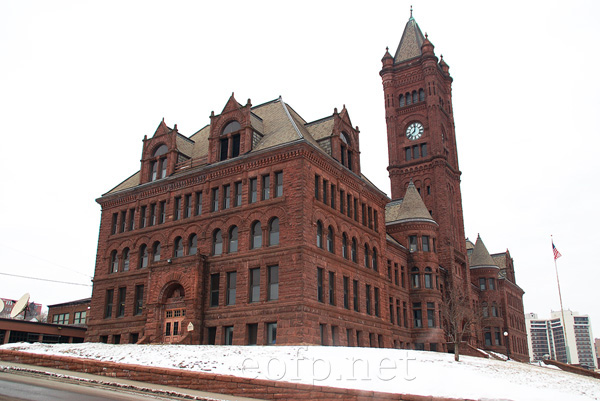4/15/2014
Duluth Minnesota
Duluth Minnesota
I've always thought that Duluth was a fascinating and beautiful city. Duluth has a unique natural and built environment and a few examples of innovative urban planning and land use. Duluth is a major inland port and the largest U.S. city on Lake Superior. The city is strung out between steep bluffs and the lake shore at the mouth of the Saint Louis River. It's geography, initially led to it having a densely built core. Duluth grew rapidly after iron mines where developed in the 1880s in the Minnesota iron range. It was the main port for the most productive iron mines in the country. Duluth was and is still an important port for grain shipment. From 1880 to 1920 Duluth grew from 3,483 to a city of 98,917. After 1920 Duluth's growth leveled off, it's population peaking at 107,312 in 1960. Duluth and the surrounding region's economy were badly damaged when the US steel industry collapsed in the 1970s and 80s. Duluth has managed the de-industrialization transition better than many cities and seems to have a fairly bright or at least stable future.
Duluth Minnesota
When the iron mines closed in the 1970s and 80s the towns near the mines such as Hibbing and Chisholm were devastated. These towns made up a large portion of Duluth's economic hinterland. The commercial impact of regional decline was at least as hard on Duluth as the decline in port activity. Duluth has partially made up for this by attracting tourists. Most visitors are from the region, especially day trippers from the Twin Cities. The main tourist areas in Duluth are remarkably busy almost year round. The cities biggest attraction is the Canal Park district on the lake shore near downtown. This area consists of a few historic former industrial buildings and warehouses that have been converted to retail, some new hotels and the Duluth Convention Center. There is a museum, aquarium and park mixed in as well as an unfortunate amount of surface parking. The canal from the main port facilities to Lake Superior passes next to Canal Park so it's a great place to watch the ships come in and out of the port. Over all the development has been incredibly successful. I wish that more of the historic buildings had been saved though. The district is unfortunately cut off from the rest of downtown by the 35 freeway - otherwise it's a well done redevelopment/preservation project. It seems to me that projects like Canal Park could work well in other cities.
Duluth Minnesota
The story of the construction of highway 35 through Duluth is another interesting example of innovative and successful design and development in Duluth. In 1970 highway planners and city leaders proposed building an elevated freeway along the lake shore in Duluth. This freeway would have effectively and permanently cut the city off from the lake with an ugly, massive, concrete barrier. Local activists opposed it and were able to stop its' construction. After many years of negotiation and continued opposition the freeway was built in the late 1980s with a vastly improved design. The freeway goes through most of central Duluth below grade and parks have been built over the roadway in several places. These parks help reconnect the central neighborhoods to the lake shore. It seems to work well. The "Lakewalk" is popular with both tourists and locals. The freeway is not bridged with any parks next to the Canal Park district but hopefully one day it will be. More about the I 35 freeway project here.
Duluth Minnesota
Duluth Minnesota
Duluth Minnesota
Duluth Minnesota
Duluth Minnesota
All content on these pages Copyright Mark Hedlund 2012-2019. All rights reserved. Use in school projects and with links on social media is always okay. Please send me an email to request permission for any other use: hedlunch@yahoo.com Non-exclusive commercial publication rights for most photos is $25 per image.

